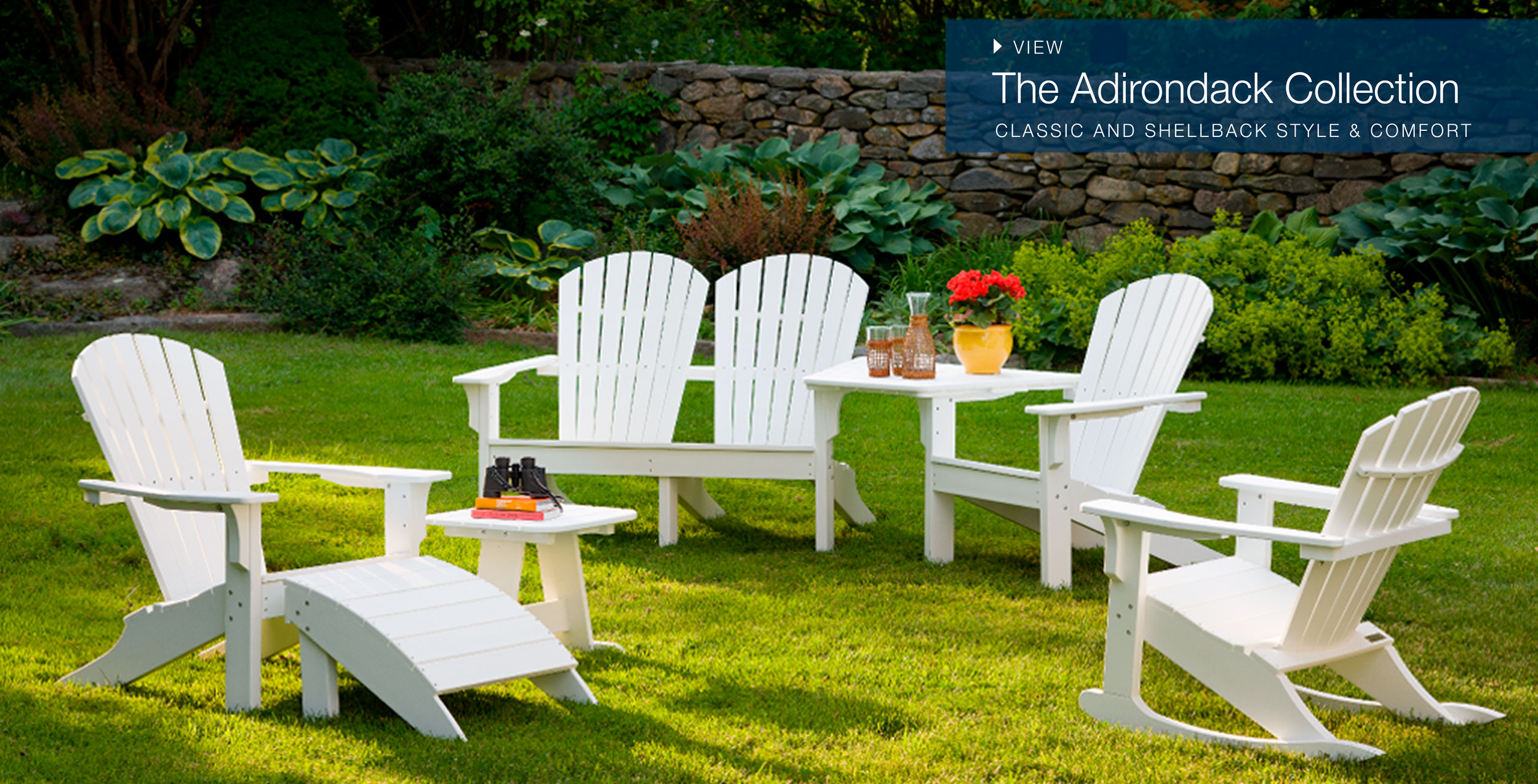Contemporary wooden outdoor furniture designs, meanwhile, explore new possibilities in form and function, often combining wood with other materials like metal, rope, or weather-resistant fabrics to create pieces that feel fresh and innovative. Modern manufacturing techniques allow for curved elements and complex joinery that would have been difficult or impossible to achieve with traditional methods, expanding the design vocabulary available to furniture makers. Modular wooden outdoor furniture systems offer flexibility for changing needs, allowing pieces to be rearranged or repurposed as desired. Folding and stackable wooden designs address the practical concerns of storage and space limitations, particularly relevant in urban settings where outdoor areas may be limited.
HOA umbrellas offer numerous practical advantages that translate to real community value. These benefits explain why many associations choose to invest in quality commercial models rather than consumer-grade alternatives.
As we look to the future of Fiberlite umbrellas, the potential for innovation remains vast. Emerging technologies may introduce new materials that further enhance durability while reducing weight. Additionally, smart technology could be integrated into umbrella designs, allowing for features such as weather forecasting or automatic adjustments based on environmental conditions. Such advancements would undoubtedly elevate the user experience, making Fiberlite umbrellas not only practical but also a reflection of modern living.
Tilting offset umbrellas incorporate another dimension of adjustability. Beyond rotation, these models allow the canopy angle to be adjusted, typically in several fixed positions. This tilting capability proves particularly valuable in low-angle morning or evening sun conditions when vertical shade alone might not provide adequate coverage.
At their core, HOA umbrellas feature commercial-grade construction designed for shared use in demanding environments. This creates shade solutions with durability that far surpasses residential models. For community applications, these properties prove particularly valuable.
As trends in outdoor dining continue to evolve, we may see further innovations in the design and functionality of restaurant umbrellas. With advancements in technology, manufacturers are likely to explore new methods of enhancing durability, ease of use, and aesthetic appeal. This ongoing development promises to keep restaurant umbrellas relevant and desirable in the world of outdoor furnishings.

Wind resistance represents a crucial advantage in real-world conditions. The flexibility of fiberglass allows these umbrellas to bend rather than break during strong NARDI SUNLOUNGER gusts. This characteristic proves particularly valuable in open areas like beaches, golf courses, and rooftop patios where wind protection matters most. Some premium fiberglass umbrellas can withstand winds of 30-50 mph without damage.